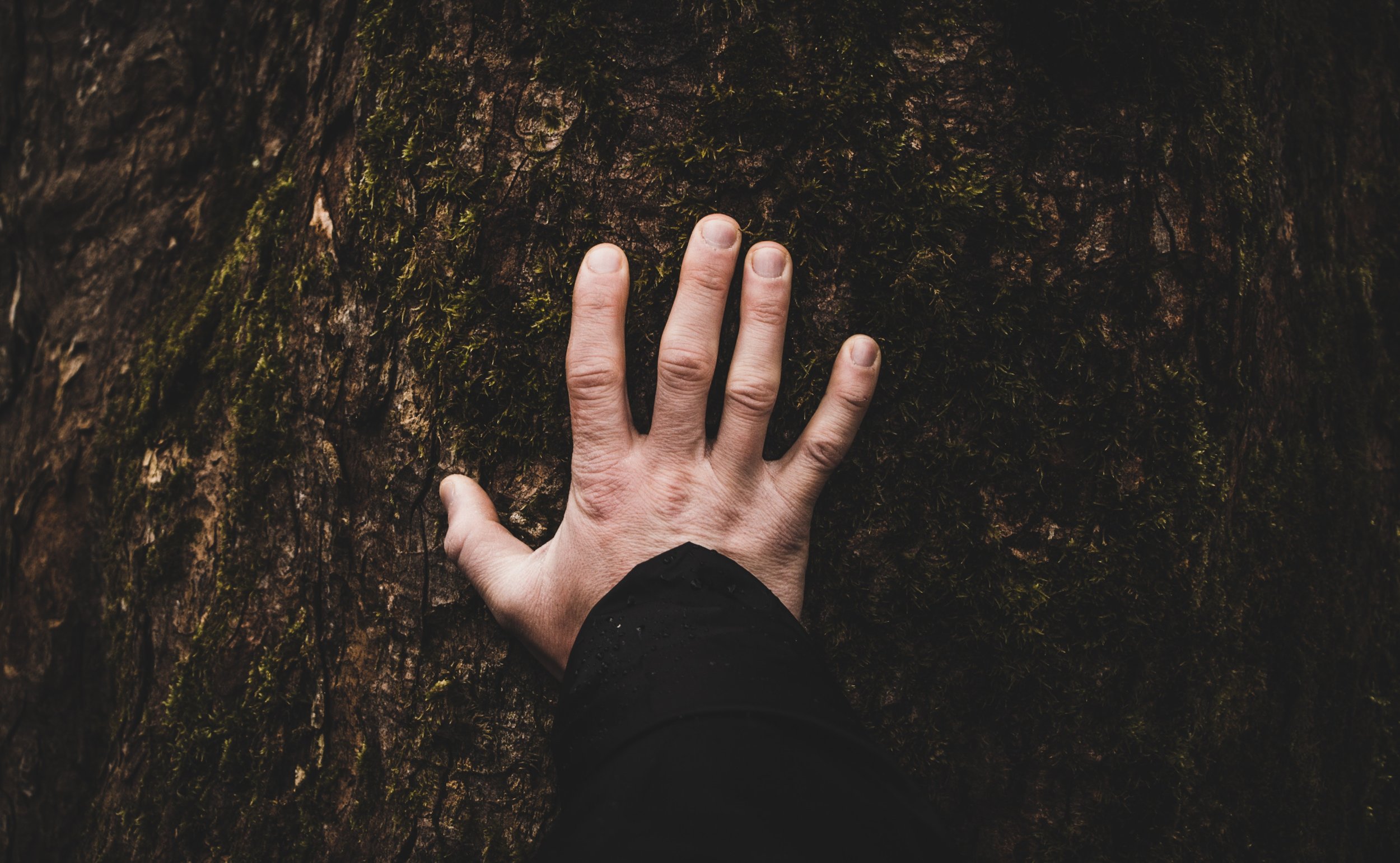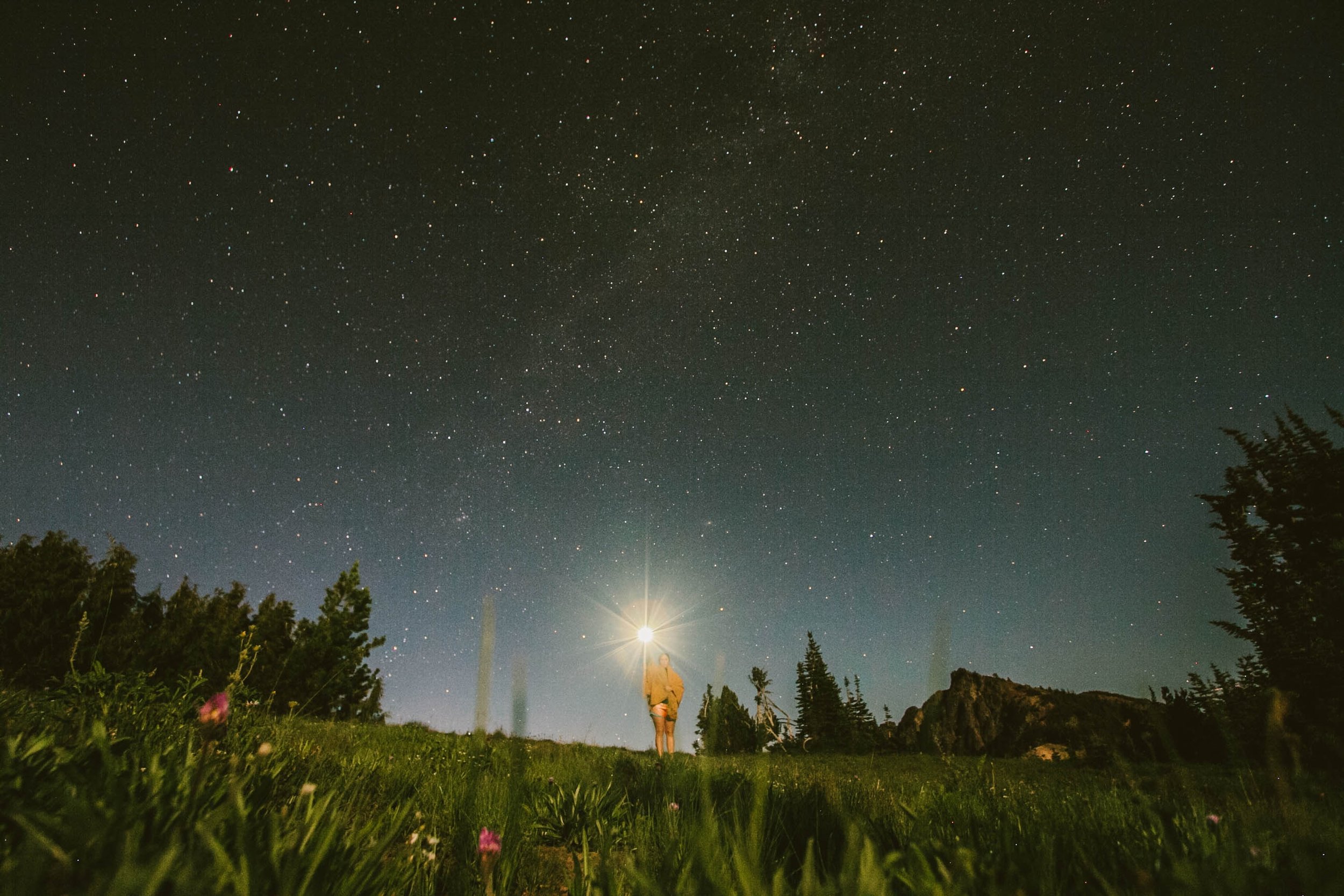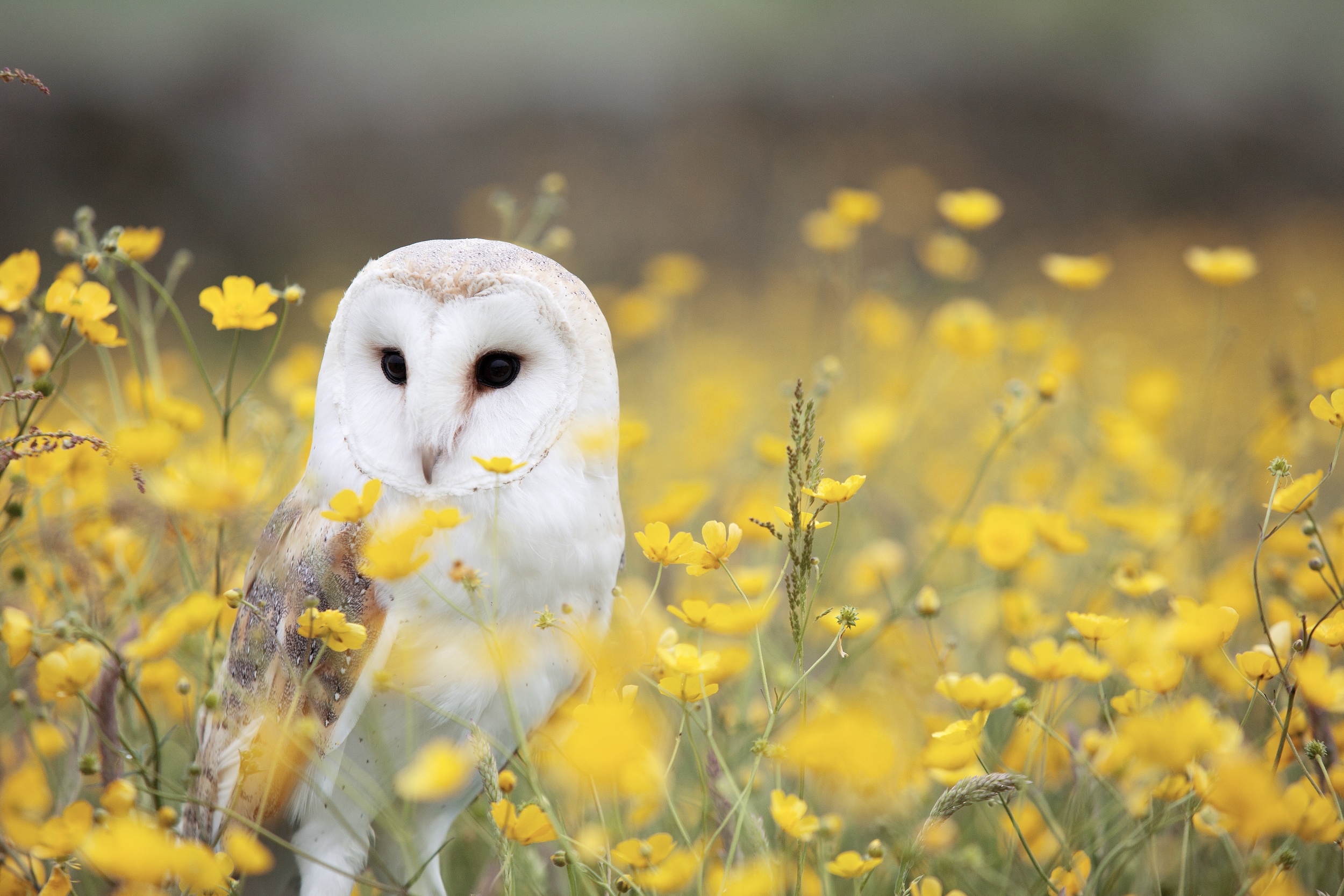Shamanic Healing | Methods & Practices
Albeit an ancient practice, an increasing number of people are currently turning to shamanic practices to support their well-being. As Healers or Medicine people exist in nearly all cultures, their exact customs vary, but the essence of what they do remains the same. They act as a sort of conduit or an intermediary, by merging with the spirit realm and connecting with helping spirits to channel energies and wisdom in order to aid in healing individuals in the physical plane.
The helping spirits of the healer are able to diagnose the cause (since they are spirit, they can easily see all that is happening on the spiritual level) of an illness, give insight, and then help to facilitate the required treatment for healing. For that, during a shamanic healing ceremony, the shaman may go on a shamanic journey to retrieve this energy and information — journeying in the Spirit realm is at the core of a shamanic healing session. Many shamans may also use energy medicines or energy work in order to integrate the healing offered in the journey, and to locate and release blockages, and increase the body’s ability to heal.
What typically happens in a shamanic healing session?
Please keep in mind that, as this is a cross cultural practice, specific customs vary. Every Healer is unique, but there are a few elements that generally remain the same.
Setting
A typical healing session can take place inside or outdoors, it is of the client’s preference; whichever way, the area must be quiet, safe, and relaxing. A “sacred space” is created. This space is dedicated to opening, releasing, and healing. Effects such as a candle display, incense or palo santo (holy wood) burning, an altar with crystals or special stones, soothing music, and a comfortable place to lie down on are usually included.
Open Conversation with Shaman
The first thing that will happen is an open discussion between the client and the shaman; for this, the shaman will hold a respectable, non-judgmental space. They may discuss the client’s history, and/or how their soul is feeling at the present moment. The shaman will inspire and encourage the client to dig deeper into their story and really open up as they both hunt for truth and healing potential.
These conversations are usually effortless and productive, as the shaman is trained in fostering and nurturing that safe space, and the client is willing to be transparent in order to heal.
Energetic Work
Next, they move into the ceremonial work. At this time, the client can lie on their back, wearing loose and comfortable clothing. The shaman will then assess their various energy centers (usually found along the 7 chakras of the body). At this point, the shaman can sense where unnecessary energy is being stored, where stagnant energy can be released, and where empowering energy can be placed.
The Shamanic Journey
When the energy work is complete, the shaman will then describe to the client what they may experience during the following part of the session: tingling and warming sensations, meditative-like states of consciousness, an emotional release, and/or the energy of the spiritual communion itself.
The shaman is then ready to access non-ordinary reality, and proceeds to induce a trance (theta brainwave state) via rhythmic percussion (generally using a drum and/or rattle).
Then, there are the shamanic journeys…
Within a shamanic journey, the shaman connects with his or her spirit helpers/guides and travels through the 3 different worlds (as mentioned previously) in search of wisdom and healing for the client.
While in this non-physical trance, the shaman may also do either hands-on or hands-off energy work, by channeling energy from the spirit world and moving it throughout the client’s body accordingly.
This portion of the ceremony typically lasts about an hour.
The Return
Once the shaman has returned from their journey, they are again ready to hold space for discussion. Here, they will discuss with the client what was experienced (on both ends), what wisdom and advice was gifted to them from the spirit realm, and what the client can then begin implementing differently in their lives in order to heal.
Integration: an Essential Step
Following a shamanic healing session, many deeply rooted energies have been shifted. Therefore, for the days, weeks, and even months following the session, it is advised that clients take special note of how they are feeling — they can do this by keeping a journal to keep track of progress for future insight and guidance.
The client will normally feel changes and shifts in their energy, and need not fret, for this is all part of the healing process — toxins that have long been stored in one’s physical, mental, emotional, and spiritual body have been released, as well as unhealthy habitual thinking. It is the shaman’s greatest advice to listen to and accept the energetic changes one may feel following a session; any discomfort will pass and new, vibrant, life energy will take its place.
For the following months after a session, the shaman may check in with the client to see how everything is enfolding for them and to offer any comfort and/or additional guidance that may be needed.
Healing With Sacred Plants in Ceremony
Although the healing is still done from the very core of one’s being (the spirit), this second healing practice differs quite greatly from a typical healing session as the client goes on a spiritual journey.
With much relaxation and deep meditative techniques, non-ordinary realms can be accessed organically using the same trance-inducing methods as shamans.
However, there is another route one can take to achieve this healing and access these non-ordinary states: plant medicines. The difference is that the plant serves as a conduit into the Spirit realm, and each plant has it’s own unique way of touring these worlds.
In recent years, the curiosity of many people in the Western world about indigenous cultures and their plant medicines have peaked. This recent attention, however, has been accompanied by the misperception of the medicine, the experience provided, and its immense healing properties.
In shamanic culture, these plants, although entheogenic, are not considered a drug; rather, they are considered highly respected and sacred medicines. Shamans believe that these plant medicines are deeply connected to the Spirit, or Source, and can easily show us to these non-ordinary realms where great knowledge can be attained, growth can be accelerated, and true healing can take place.
That being so, these plant medicines are to be ingested and experienced in a ceremonial context, and with a trained shaman. The shaman’s job during one of these ceremonies is to join the client in his or her journey, hold a safe space, guide, protect, and intervene if needed. The Shaman also helps the client to later interpret, understand, and integrate their experience.
One must feel called — not pressured — to participate in a plant medicine ceremony. They must be ready to make a change in their physical, emotional, mental, and spiritual lives by applying what they have learned during their ceremony, meaning that these plant medicines are to be taken seriously, with great intention, and not dosed recreationally. One must also be ready to completely surrender to the plant and let it take them where they need to go; the plant spirit always knows exactly what one most needs to see, feel, hear, experience, and thus, learn.
Since these plants are so powerful, they are oftentimes looked at by shamanic cultures as Spiritual beings. Many common shamanic plant medicines include, but are certainly not limited to: Ayahuasca, Iboga, San Pedro cactus, psychedelic mushrooms (though not exactly a plant), Salvia, and Peyote cactus.
Ceremonial Immersion
Spiritual Journey to Peru
Natasha Wanderly | Writer
Natasha is a happy no-mad with a love for living lucidly, dancing with fire, and talking to strangers. From living with Shamans in the Amazon to studying ancient hieroglyphs in Egypt, she is always on some type of adventure. Her mission is to connect with many hearts, walk in many shoes, and help people to understand their value. Every day, she wakes up with two goals: 1.) Be here 2.) Be love.
This article was edited and republished with the Author's permission.
Read more about Plant Medicine Ceremony:
The Basics of Ayahuasca | Plant Medicine Ceremony
More in this series on Shamanic Healing:
Is Shamanic Healing Right for You?
The Causes of Depression & Illness | A Shamanic Perspective
Plant Medicine Can Alleviate Depression, Anxiety, & Addiction











